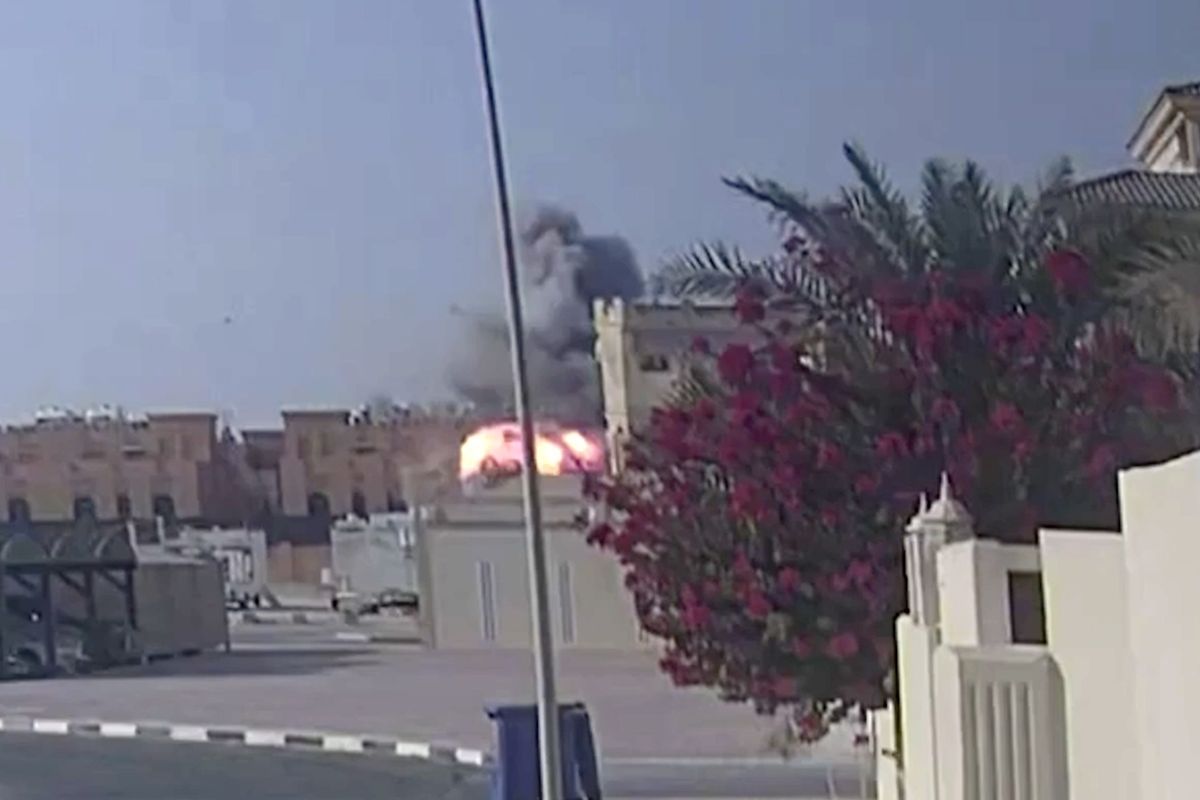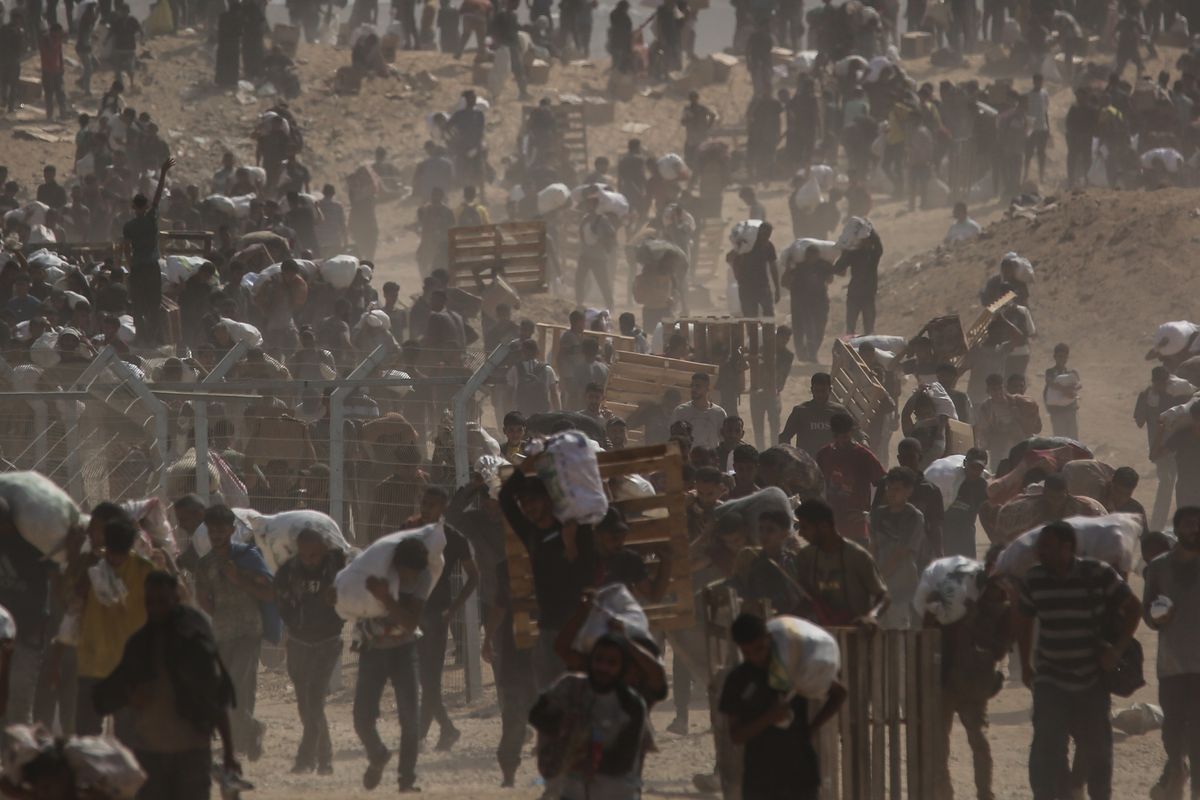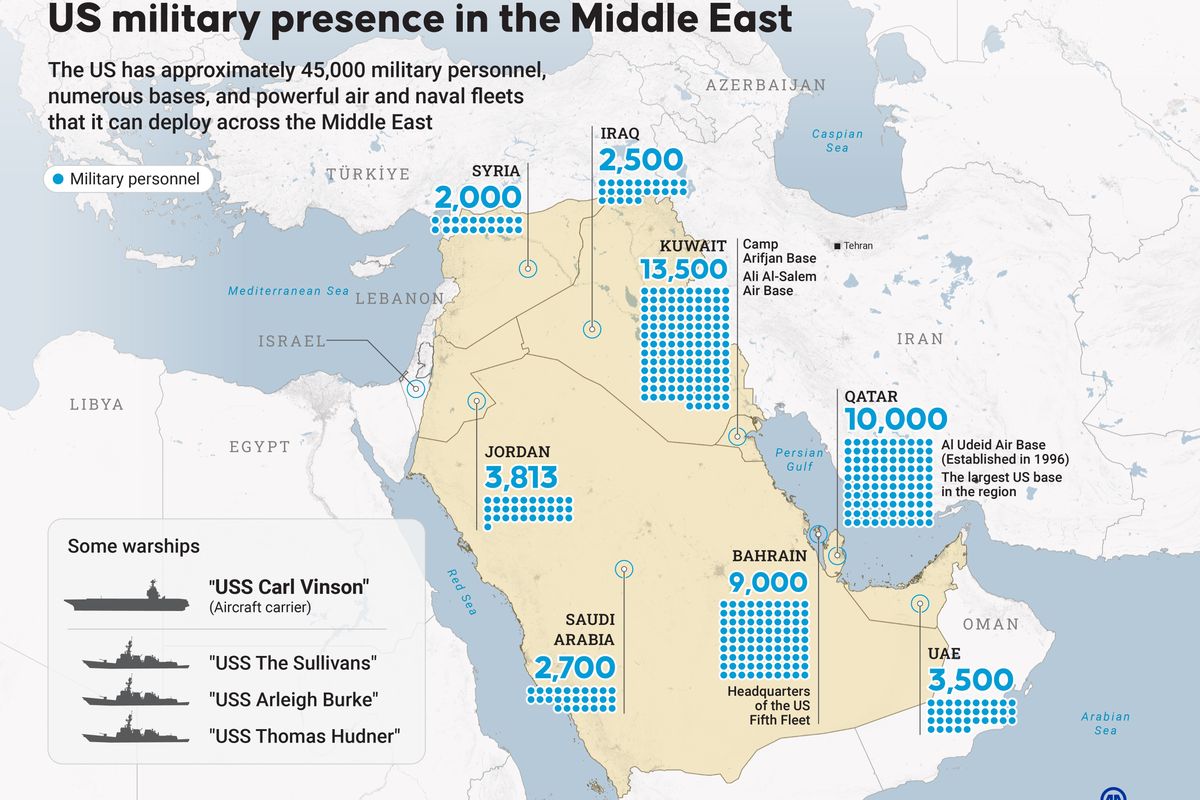The Muslim Brotherhood preaches a violent, exclusivist ideology. Its websites and social media accounts are chock-full of anti-Christian and anti-Semitic conspiracy theories. Its affiliated networks in Istanbul have threatened foreign nationals in Egypt. Its leading figures and platforms have embraced violence and martyrdom explicitly. And its motto – which concludes with “jihad is our way, death for the sake of Allah is our highest aspiration” – leaves little doubt regarding the length to which its members are willing to go in pursuit of the Brotherhood’s ultimate goal, which is to establish a chain of Islamic theocracies and in the long run, a “global Islamic state.”
The Trump Administration is therefore right to be concerned about the Muslim Brotherhood and the extent to which it encourages terrorism. After all, the Clinton Administration designated the Palestinian Muslim Brotherhood, better known as Hamas, as a foreign terrorist organization in 1997. And the Egyptian Muslim Brotherhood made common cause with jihadis during the one-year presidency of Brotherhood leader Mohamed Morsi – most notably during a June 2013 rally for the Syrian uprising that Morsi hosted at Cairo stadium, at which Salafist cleric Mohamed Hassan told thousands of cheering Islamists that “Jihad is incumbent spiritually, financially, and through weapons.” But if the Trump Administration moves forward with its reported plan to designate the Muslim Brotherhood as a terrorist organization, it will face two technical, but nonetheless significant, hurdles.
First, the Muslim Brotherhood isn’t a single organization, but an international movement comprised of dozens of national Brotherhood organizations. (Brotherhood leaders have told me that they have organizations in approximately 70 countries, but this is difficult to confirm). For the most part, Brotherhood organizations share two common characteristics: they subject their members to multi-year indoctrination processes, during which prospective Muslim Brothers are vetted for their commitment to the Brotherhood’s cause and willingness to follow orders. And Brotherhood organizations possess rigid chains of command, in which each organization’s central leadership dictates orders to local cells, known as “families,” which can be mobilized for a variety of activities, including preaching, political campaigning, providing social services, and violence.
Despite these organizational similarities, however, each national Brotherhood organization functions separately, and at times, Brotherhood organizations have worked at cross-purposes. For example, while the Syrian Muslim Brotherhood has long worked to overthrow the Assad regime, Hamas aligned itself with the Assad regime and maintained its headquarters in Damascus until 2012. And while an International Guidance Office, nominally headed by the imprisoned Egyptian supreme guide, monitors the activities of various Brotherhood organizations and helps to coordinate messaging, it does not direct their activities – in part because the tactical divisions among various Brotherhood branches would make it nearly impossible to do so.
In theory, the Trump administration could overcome this hurdle by simply designating individual Brotherhood organizations, as the Clinton administration did with Hamas. But it would still be quite challenging for the administration to enact this globally. After all, despite the Brotherhood’s emphasis on internal unity and obedience, some of the most significant Brotherhood organizations are actually quite divided. In Egypt, the crackdown on the Muslim Brotherhood that followed Mohamed Morsi’s July 2013 overthrow has decapitated the organization, rendering it virtually incapable of directing any kind of activity on a nationwide scale within Egypt, violent or otherwise. In Jordan, the government coopted the relatively pro-regime “dove” faction, and outlawed the so-called “hawks,” who traditionally aligned with Hamas. And the Syrian Muslim Brotherhood was deeply divided over tactical questions for decades, though its leadership reunified after 2011 around the common goal of supporting the uprising against the Assad regime.
The second hurdle for designating the Brotherhood as a foreign terrorist organization relates to the narrow question of whether the Brotherhood’s activities meet the legal standard of engaging in “premeditated, politically motivated violence perpetrated against noncombatant targets by subnational groups or clandestine agents.” To be sure, Hamas meets this standard, because it targets civilians for murder. But in most other cases, Brotherhood organizations are quite careful to avoid crossing the line between expressing their ideological affinity for terrorist attacks – which they do quite prolifically – and directing their members to commit actual terrorist attacks.
For example, the Egyptian Muslim Brotherhood issued a mournful statement when U.S. forces killed Osama bin Laden in 2011, routinely hails Hamas’ attacks on Israel, and as previously mentioned, endorsed the call for jihad in Syria in 2013. But there is no indication that it actually sent aid or personnel to assist al Qaeda, Hamas, or various Syrian groups’ terrorism. And the severe crackdown on the Brotherhood since Morsi’s 2013 ouster has made it nearly impossible for the Brotherhood to direct these sorts of activities, even if it were so inclined, because multiple tiers of its leadership are currently imprisoned or scattered in exile. Still, there are numerous reports of Egyptian Brotherhood sympathizers (and likely members) fighting in Syria, and an Arizona man was recently convicted of cooperating with a Turkey-based Muslim Brotherhood cadre to help a student travel to join ISIS. But these appear to be individual acts, and there is no evidence to date that these decisions were directed by a higher authority within the Egyptian Muslim Brotherhood – which, again, doesn’t even exist, given the deep divisions within the organization since 2013.
Ultimately, most Brotherhood chapters in their present forms are more akin to hate groups than terrorist organizations: they promote bigotry and embrace attacks against a wide range of targets ideologically, but in most cases, there isn’t sufficient evidence to demonstrate that they organized those attacks. Moreover, given the historic influence of the Egyptian Brotherhood on the broader movement, Morsi’s failure in Egypt and the subsequent collapse of the Egyptian Brotherhood has discredited the international Brotherhood movement considerably, and many Brotherhood chapters are significantly weaker than they were prior to the 2011 “Arab Spring” uprisings. In this sense, most Brotherhood organizations are exactly where the Trump Administration should want them: marginalized, and more capable of spewing hatred than acting on it. And there is plenty that the administration could do to keep the Brotherhood cornered, such as enhancing its cooperation with Middle Eastern partners that oppose the Brotherhood and speaking publicly about the Brotherhood’s hateful and violent ideology.
Alternatively, if the Trump Administration tries and fails to designate the Brotherhood as a foreign terrorist organization, it could backfire: Brotherhood organizations would likely hail this as a victory and use a failed designation as evidence to claim – falsely – that they are nonviolent. And given the polarized political climate in Washington, a failed Brotherhood designation might ultimately afford the Brotherhood a more generous hearing in certain political and policy circles. So the administration should be wary of overplaying its hand: it could legitimate the Brotherhood in ways it doesn’t intend and in ways that Brotherhood organizations hardly deserve.












